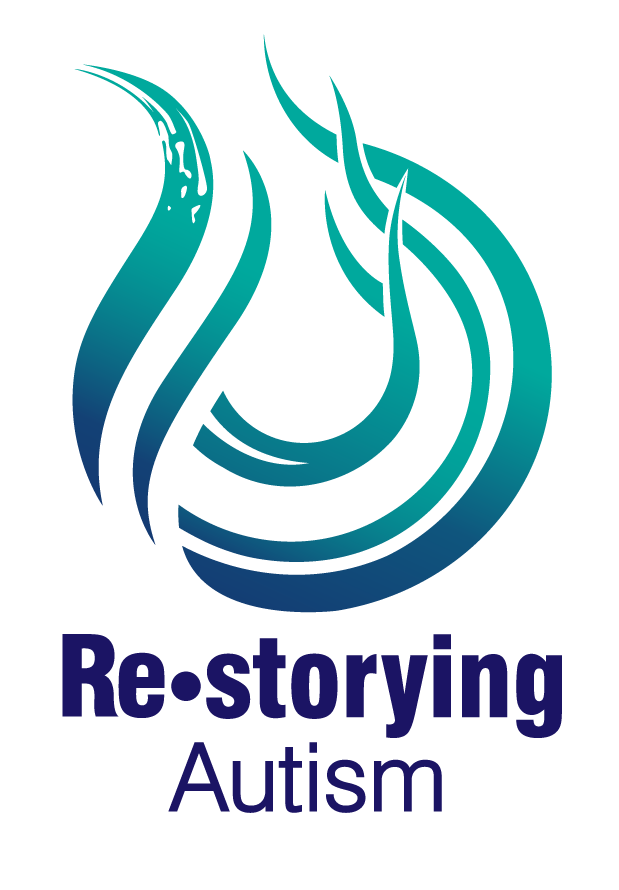Disturbing behaviours
Disturbing behaviours: O Ivar Lovaas and the queer history of autism science
Margaret F. Gibson
University of Waterloo
Patty Douglas
Brandon University
Abstract
This paper “queers” the history of autism science through an examination of the overlap between the regulation of autism with that of gender and sexuality in the work of Ole Ivar Lovaas. Lovaas is the founder of Applied Behaviour Analysis (ABA), the most commonly used and funded autism intervention today that seeks to extinguish autistic behaviors, primarily among children. Less commonly recognized is Lovaas’ involvement in the Feminine Boy Project, where he developed interventions into the gender identities and behaviors of young people. Turning to Lovaas’ published works, we perform a “history of the present” and argue that a queer disability studies lens opens up the richness of autism as a cultural nexus, and deepens understandings of intersecting and contested histories of science, professional scopes of practice, and dominant futurities. The article makes a significant and timely contribution to understanding the disabling material effects of autism science in the lives of autistic persons. In particular, this case study highlights the need for feminist science studies to further investigate the historical and contemporary links between dominant scientific constructions of disability, gender, and sexuality.
Keywords: autism, gender, sexuality, history of science, queer theory, disability studies
This is the final author copy of an article published in Catalyst: Feminism, Theory, Technoscience
https://doi.org/10.28968/cftt.v4i2.29579
Recommended Citation:
Gibson, Margaret F. & Patty Douglas. Disturbing behaviours: O Ivar Lovaas and the queer history of autism science. (2018). Catalyst: Feminism, Theory, Technoscience, 4(2). https://doi.org/10.28968/cftt.v4i2.29579
